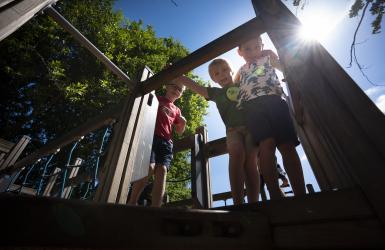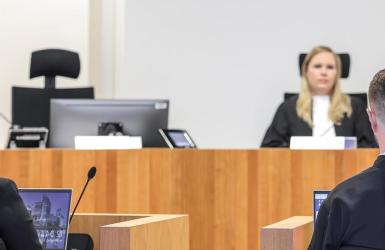What is the BRP registration process for asylum seekers who have been in the Netherlands for longer than 6 months, asylum permit holders and family reunification migrants?
Specialized locations known as BRP registration centres have been set up for these people. These registration centres have already been present in Ter Apel, Zevenaar, Budel, Amsterdam and ‘s-Hertogenbosch for some time. Utrecht and The Hague have a BRP registration centre since 2025. These BRP registration centres are intended for these people only.
Municipal employees process registration in the BRP here. They use a file compiled according to a set format by the IND, specifically for this registration. This file only contains information the municipal employee needs for BRP registration. This includes a statement containing personal data. After registration, one receives their BSN from the municipal employee and they can arrange can work, housing and other personal matters.
Why are there BRP registration centres for these specific groups and why is it not possible for them to register with every municipality in the Netherlands?
Municipal employees at BRP registration centres have specialized knowledge on matters such as the laws on naming rights. In some countries, for example, people do not have first and last names, but sets of names. The specialized employees register only these people. The idea is that this will speed up and improve the registration process. This will help these people to find work and housing faster.
Prior to 2015, asylum seekers who have been in the Netherlands for more than 6 months, asylum permit holders and family reunification migrants could register with any municipality. However, small municipalities sometimes did this only a few times a year. That took these municipalities more time, and increased the risk of errors. Errors that are not easily corrected.
What does the IND do to facilitate BRP registration in a BRP registration centre?
The IND receives an alert in the system that an asylum seeker, asylum permit holder or family reunification migrant is eligible for registration in the BRP. The IND then assesses whether a person can actually be registered. This means, in any case, that there is no prospect of this person's application being rejected. For asylum seekers who have been in the Netherlands for more than 6 months, there must be no prospect of their application being rejected within 4 months. Their identity must also be properly established. If there are no original documents that can be used to establish identity, this is sometimes done by means of statements. If registration can actually take place, the IND then compiles a file according to a pre-agreed format. This file contains only information that the municipal employee needs for BRP registration.
What does the municipality do to facilitate BRP registration in a BRP registration centre?
The municipality's national coordination point receives all files containing personal data from the IND and schedules appointments at the BRP registration centres. Municipal employees process registration in the BRP at these registration centres. The asylum seeker, asylum permit holder or family reunification migrant will then receive a BSN, which is required for working, housing and arranging other personal matters.
Are there enough BRP registration centres
Yes. BRP registration is faster than before with the BRP registration centres. We like to keep it that way, even if there are a lot of registrations. Therefore, two BRP registration centres were added in Utrecht and The Hague in 2025, and two more will be added in Venlo and Zwolle from January 2026. Also, some of the work has been automated or will be in the near future.
What is the BRP?
The Personal Records Database (BRP) contains the personal data of people who live in the Netherlands (residents) and of people who have left the Netherlands or have lived in the Netherlands for less than 4 months (non-residents). This could be because they are temporarily working or studying in the Netherlands. This includes information such as name, address, place of residence and date and place of birth. All municipalities in the Netherlands register people in the BRP and keep the data up to date. And all government agencies are required to use this data for their tasks. Municipal employees also register in the BRP asylum seekers who have been in the Netherlands for longer than 6 months, asylum permit holders and family reunification migrants. That is not something done by all municipalities in the Netherlands; it is only done by the municipal employees in the BRP registration centres. Everyone eligible for registration will automatically receive an appointment at a BRP registration centre. One is not supposed to contact a BRP registration centre, the IND or the municipality's national coordination point themselves.


